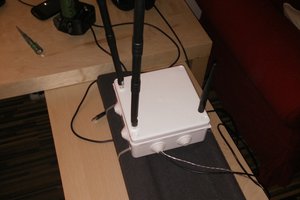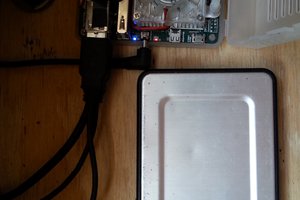Building a framework for smarthome systems using already existing libraries. Attempting to make it modular and standalone, not relying on any existing networks.
Also plan to build certain components for my own house, including:
-Automatic garage door opener
-Solar/fireplace heating system controller

 Yann Guidon / YGDES
Yann Guidon / YGDES
 Enki
Enki
 Thomas
Thomas
 tlankford01
tlankford01